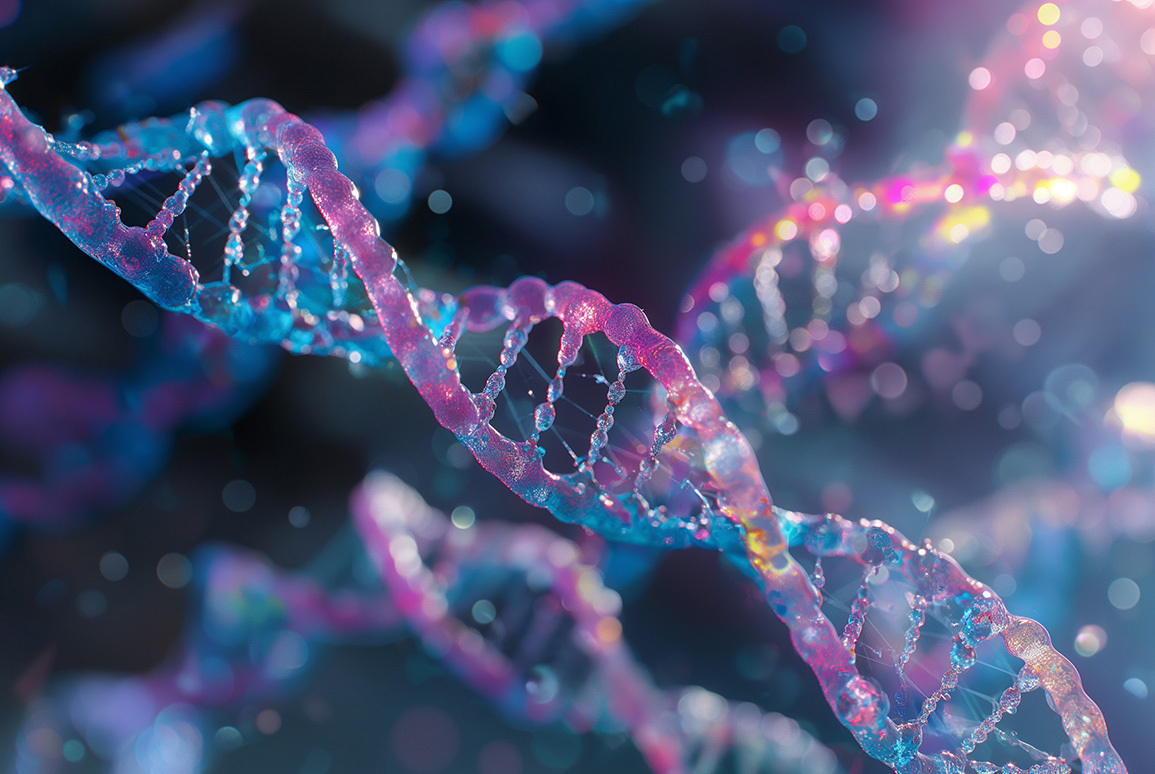
What is a primer pair?
A primer pair in genomics is a short, single-stranded DNA sequence that identifies a unique part of the genome. After hybridization, the target will be amplified, resulting in billions of copies in a PCR test. Primers are also used in various PCR, DNA sequencing, and other experimental processes.

What is PCR?
The polymerase chain reaction (PCR) is the basic laboratory technique for rapidly amplifying millions to billions of copies of a specific segment of DNA invented in 1983 by Kary Banks Mullis.

What is Real-time PCR?
The real-time PCR or quantitative PCR (qPCR) are methods to detect & quantify nucleic acids in cells, with 2 basic approaches: dye-based & probe-based. The reverse transcription real-time PCR (RT-qPCR) is used to detect & quantify RNA.

What is DNA Sequencing?
DNA sequencing is a molecular technique to determine the exact sequence of nucleotides, or bases, in a DNA molecule.
